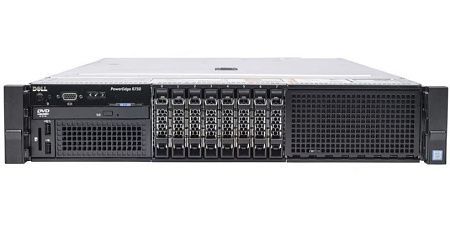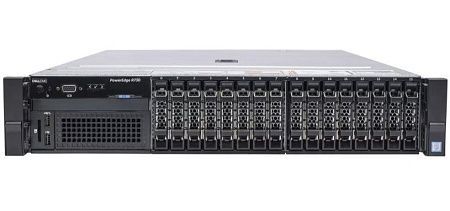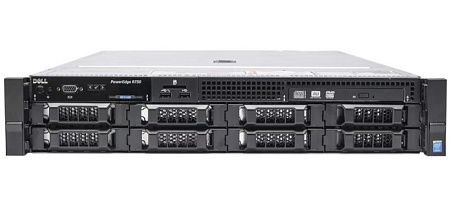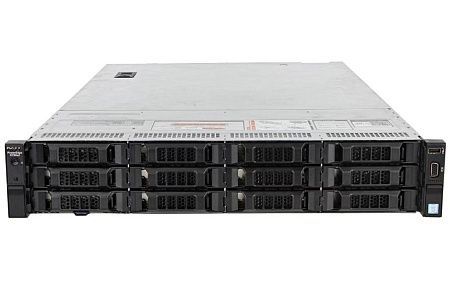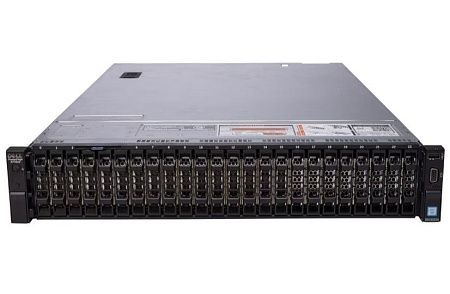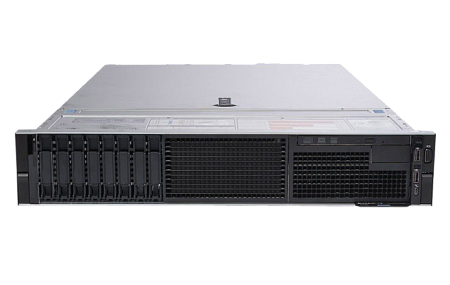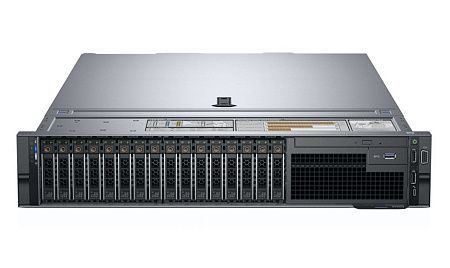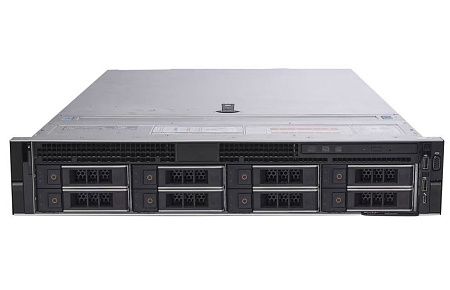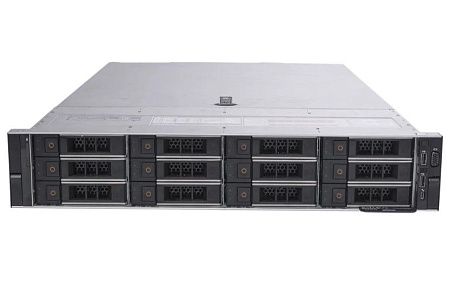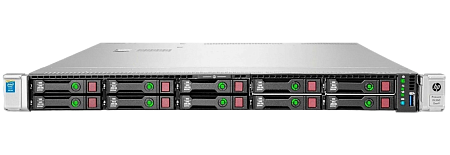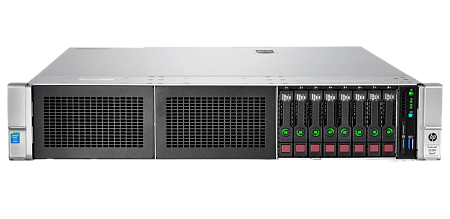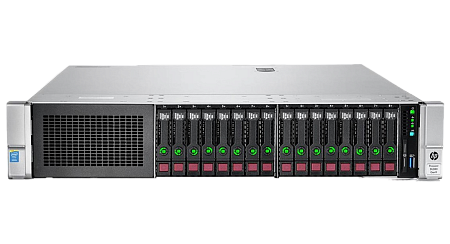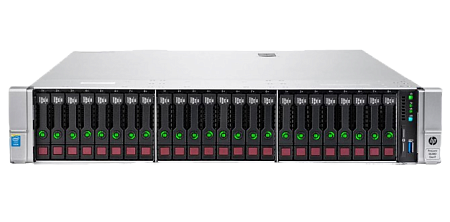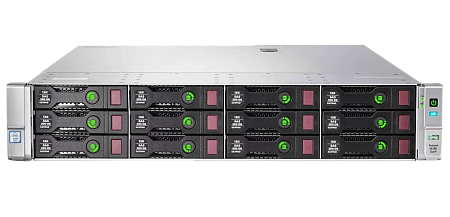The term "cloud" generally refers to an environment that provides quick and convenient access to data, apps, and other content of secondary importance to the user.
Cloud infrastructure, as understood by the provider, – is an environment in which a number of virtual machines can be remotely deployed.Generally, the cloud includes hardware (or physical servers) and specialized software (hypervisor). A hypervisor is a technology used to deploy software on physical platforms using virtualization techniques.
The history of the creation of cloud platforms
A distinctive feature of the modern technology world is the heavy dependence on cloud technologies. The cloud includes many services designed to store files, videos, photos, etc.
The cloud is characterized by a combination of three main features:
- Access to services via the network;
- Availability of computing and storage services;
- Possibility to share the same recourses by a number of users.
Next, we will consider the main events of the 60s of the last century, which became the most important in the formation of the concept of cloud systems:
- In 1961, it was suggested that computer technology could be sold as a utility by John McCarthy.
- In 1967, IBM modeled a number of operating systems that made it possible to share the same resources by users.
- In 1969, the US Department of Defense launched the ARPANET (Advanced Research Projects Agency Network). This network is based on the TCP/IP protocol.
- In the following years, new projects were developed to improve network technologies, virtualization methods, data storage systems, operating systems, etc.
The technology behind cloud computing reached a significant level of development in the 90s. The most striking example of this event was the launch of the World Wide Web in 1991 (more than a million devices were connected to the Internet). The result was the popularization of e-commerce. The client-server model of distributed computing was also presented. The principle of operation of this model implies that websites provide the user with access to the frontend, the server, in turn, contains the logic of the backend.
The year of the modern cloud is considered to be 2002, when Amazon Web Services (AWS) released its public cloud. For the company, the situation was advantageous for several reasons: there were few competitors, and there were no real cases of using the cloud. With the development of this technology, a large number of websites began to switch to using cloud platforms. The cloud has been developed in two different generations since then.
The first generation of clouds
The traditional definition of a cloud refers to the first generation. The cloud is a centralized system in data processing centers (DPCs) that includes a wide range of computing and data storage resources.Improvements to this technology have provided users with access to the traditional two-tier architecture. Here the cloud provider hosts the backend, and users move their data from mobile or web apps to the cloud.
In 2005 the OpenNebula project was launched in order to create a software stack specially designed for easy and convenient use of the cloud. In 2006, the computing platform (EC2) from AWS became publicly available. Technologies continued to improve, and their main focus was to expand the capabilities of data centers – applications became dependent on them, but at the same time the risks for the user were reduced.
Private clouds began to appear as a result of the availability of specialized software needed by individual agencies to configure their clusters as a cloud. Standardization institutions defined this term in 2009, and the highest-level architecture appeared in 2011. Microsoft got off to a strong start with the launch of Azure services. In 2010, OpenStack software released. The OpenNebula and OpenStack projects were open source. These projects are also characterized by significant interest from the IT community.
The second generation of clouds
The second stage of development is characterized by a significant increase in the services provided. Moreover, the expansion of the range of cloud infrastructure providers has led to increased competition. The concept of cloud systems has gained more credibility and has become more in demand as it has become possible to track the resources used in the cloud. Spot bidding for resources was also launched to complement the pay-as-you-go pricing model (i.e., payment for power consumed). Non-relational database services have been additionally included in the relational database functionality. DevOps was actively gaining popularity, and microservices began to be used as indispensable elements of cloud application development. The event that gave rise to this innovation was the launch of container services in the cloud in 2014.
Below the history of the evolution of the cloud from the moment of its inception to the present day is presented:
Cloud services: the meaning of the name
Access to resources and data storage is provided by cloud services "from the cloud" (via an Internet connection). In fact, the cloud is just a metaphor that is used to refer to a remote server or Internet network, which most often serves as a storage facility for files and resources. Users can access data from anywhere in the world and regardless of the device model that is used to log in to the cloud system. As a result, users can get faster and more convenient access to information.
Next, we will consider the main elements of cloud services:
- Front-end is a platform that includes components that provide the necessary data over the Internet. Among such components are the tools required to access cloud computing systems.
- Back-end is an internal platform that includes elements that are used to process and store user data
- Network is a necessary connecting link, a bridge between users and cloud services.
The combination of the basic elements described above determines the structure of cloud systems.
Automation and virtualization processes are important parts of cloud operations. The use of virtualization methods leads to the provision of cloud services in the form of logical units available to users. In addition, automation technologies allow users to be more self-sufficient in resource selection, commissioning and configuration of equipment without the direct intervention of the cloud provider's IT specialists.
Cloud Service Providers
Cloud providers – organizations that are responsible for providing cloud services to users. The range of their activities is quite wide. It includes:
- the development of public clouds,
- the implementation of private clouds depending on user requirements,
- the provision of additional services for PaaS and SaaS models.
Types of cloud services: IaaS, PaaS and SaaS
Developing and improving services usually requires solving an important issue: choose a ready-made cloud platform or build your own cloud infrastructure from scratch. The second option is not particularly common these days, as it requires more time and money.
The cloud provider can offer you a choice of several cloud service models: IaaS, PaaS or SaaS.
IaaS (Infrastructure as a Service) – using this model involves obtaining basic computing resources from cloud providers. These resources are usually provided in the form of virtual machines or cloud servers. Next, clients themselves determine how to use resources and implement services using leased capacities. The provider is responsible for the reliable and uninterrupted operation of cloud systems.
PaaS (Platform as a Service) – the choice of this model offers clients the opportunity to use ready-made virtual machines, specially configured for certain functions, as cloud resources. Some "layers" of the PaaS service may sometimes be inaccessible to users. Such services include Managed Kubernetes. Users cannot access it because the provider manages the operation of the control plane.
SaaS (Software as a Service) – this model is characterized by the use of services at their final stage of readiness. The principle of SaaS operation means that the software necessary for the operation of the application is pre-installed in the cloud. The main advantage is that users can focus on performing the necessary tasks on the off-the-shelf software.
Platform cloud services and tools for working in the cloud
In the context of PaaS, we will also consider certain methods and tools for fast and convenient deployment, operation and further scaling of the infrastructure:
Serverless – refers to services that provide the ability to implement applications without the requirement to monitor the operation of the infrastructure of virtual machines or servers. The functionality of the Serverless service is based on lambda functions that automatically respond to certain requests and operations.
DBaaS (database as a service) – this service provides users with the opportunity to get a ready-made database cluster in the cloud. Such databases imply convenient work with data without the need to select the necessary infrastructure and take into account fault tolerance indicators.
KaaS (Kubernetes-as-a-Service) – this is a model designed for customers to use a container orchestration system that is easily and conveniently managed and does not require IT infrastructure support.The built-in autoscaling features in Kubernetes clusters guarantee that customers will be able to use the application even at peak loads.
IaC (Infrastructure as Code) – this service is worth considering if you plan to develop services in the cloud. This approach involves setting up your own infrastructure using code. When designing and implementing applications, developers do not have to independently manage storage, servers or operating systems.
Classification of cloud models
Next we will consider the main types of clouds:
Public cloud is one of the cloud models that allows multiple users to be hosted on a single virtual host. As a result, users have shared access to resources. Some services such as iCloud, Google Drive, Dropbox and many others were based on the public cloud model.
Private cloud is a model that implies individual use of resources by the user. Organizations can create a private cloud on their own or rent infrastructure for these purposes (assistance from virtualization software specialists will also be needed). It is also possible to rent a private cloud from a provider.
Hybrid cloud – this model involves a combination of private and public clouds. This option is becoming more common as it includes many of the benefits of two cloud-based models.
Community Cloud – only certain categories of users or organizations can access this cloud service model. In fact, this model is partly a public cloud available only to specific companies. Microsoft Azure Germany or Microsoft Azure Government for US public institution are good examples of Community Cloud.
Multicloud is a cloud services model in which organizations can use the resources of several cloud providers. This is usually required for the purposes of geographic dispersion and increasing the level of fault tolerance of the infrastructure.
Advantages of cloud services
Availability. Users get access to their data and applications regardless of location, the main thing is the availability of stable Internet connection. This advantage is especially important for team and remote work.
Scalability and Flexibility. Cloud infrastructures can be easily scaled vertically (expanding the number of server resources) and horizontally (connecting additional servers).
Possibilities to improve the security level. For reliable operation of servers and individual apps, cloud providers offer a wide range of solutions, both paid and free. Such options include: DDoS protection, cloud backup and many others.
Saving on resources. Cloud services tend to be more cost-effective compared to building your own infrastructure or using traditional dedicated servers. The flexibility of cloud systems ensures their relevance, since the use of cloud services does not allow your infrastructure to stand idle.
Benefits of using cloud systems
Research and statistics showed that the global cloud services market was valued at approximately 272 billion dollars in 2018. In 2023 this figure was about 623 billion dollars. Startups, just like large organizations, can use cloud technologies in accordance with their needs and capabilities. The main advantages of cloud systems became especially noticeable during the pandemic, when the transition of employees to an online work format required only a few days.
Cloud systems in business
The spread of broadband Internet access and the increased popularity of mobile devices make cloud technologies a suitable option for business.Companies can get quick access to web applications, as well as convenient data management. Using cloud services also makes it easier to maintain your own infrastructure, which is a complex process requiring the following steps:
- The equipment should be purchased taking into account the further business development: it is necessary to solve logistical and financial problems in a timely manner;
- It is also necessary to maintain a suitable environment and climate for the equipment;
- You should hire professional specialists who will support equipment maintenance;
- It is also important to maintain information and physical security of the infrastructure.
Thus, renting the necessary capacities from a cloud provider will allow you to save time and money on completing the tasks described above.
Switching to cloud servers
There is a number of steps to follow in order to switch to cloud systems:
- First, you need to determine whether the cloud is suitable for the goals and objectives of your server. For example, switching to a cloud platform is likely to be unprofitable if you use a monolith that is more complicated to divide into smaller platforms.
- The next step is choosing the right cloud provider. The choice should be based on the following criteria: availability of necessary certifications, compatibility with programs and applications of your server, reliability.
- Register in the provider's control panel, and then configure the server according to your requirements (for example, connect additional services).
- Use VPN or virtual private networks in order to access cloud services.
- Using data migration tools, transfer all the necessary information, apps, files to the cloud infrastructure.
- Set up monitoring and protection systems against cyberattacks and hacks, which will ensure a high level of security for cloud systems.
- Prepare the necessary document base and inform employees about the rules for working with cloud services.
The team of DevOps specialists from Selectel is ready to provide all the necessary information about cloud technologies and help to switch to a cloud system at no charge.
Cloud systems on the global market
The results of research performed by Synergy Research Group have revealed the top three largest cloud service providers by the end of 2022:
- AWS (Amazon Web Services) with a 32% share,
- Microsoft Azure with a 23% share,
- Google Cloud with a 10% share.
Research by GrandView Research has shown that by 2030, the revenue of the entire cloud services market is expected to be $1.6 trillion. We can conclude that cloud services are striving to develop and become increasingly widespread, since they already occupy an important place in the IT services market.
Conclusion
Today, cloud services have become indispensable tools, catering to the needs of individuals, small businesses, and large enterprises alike. With their advanced development, cloud systems offer ease of management and scalability, enabling significant savings in both time and resources compared to traditional infrastructure maintenance. Moreover, cloud computing enhances operational efficiency, reducing time-to-market for businesses.
For those seeking seamless integration with robust cloud solutions, the NewServerLife colocation service offers access to unparalleled cloud integration capabilities with our trusted partner, 3hcloud. Whether you're an individual user or a thriving enterprise, embracing cloud technology opens doors to enhanced productivity and innovation.
Specialists of our company are ready to help you purchase the server and select the necessary server configuration for any required task.












